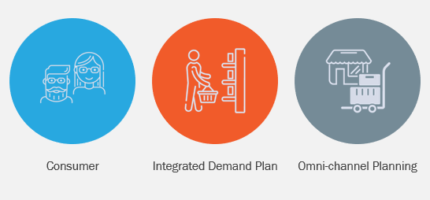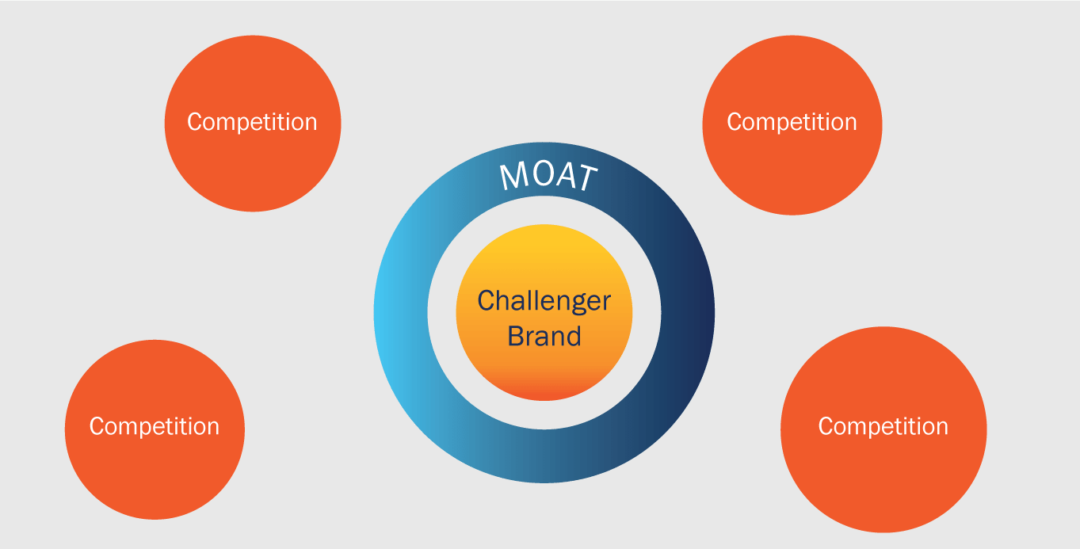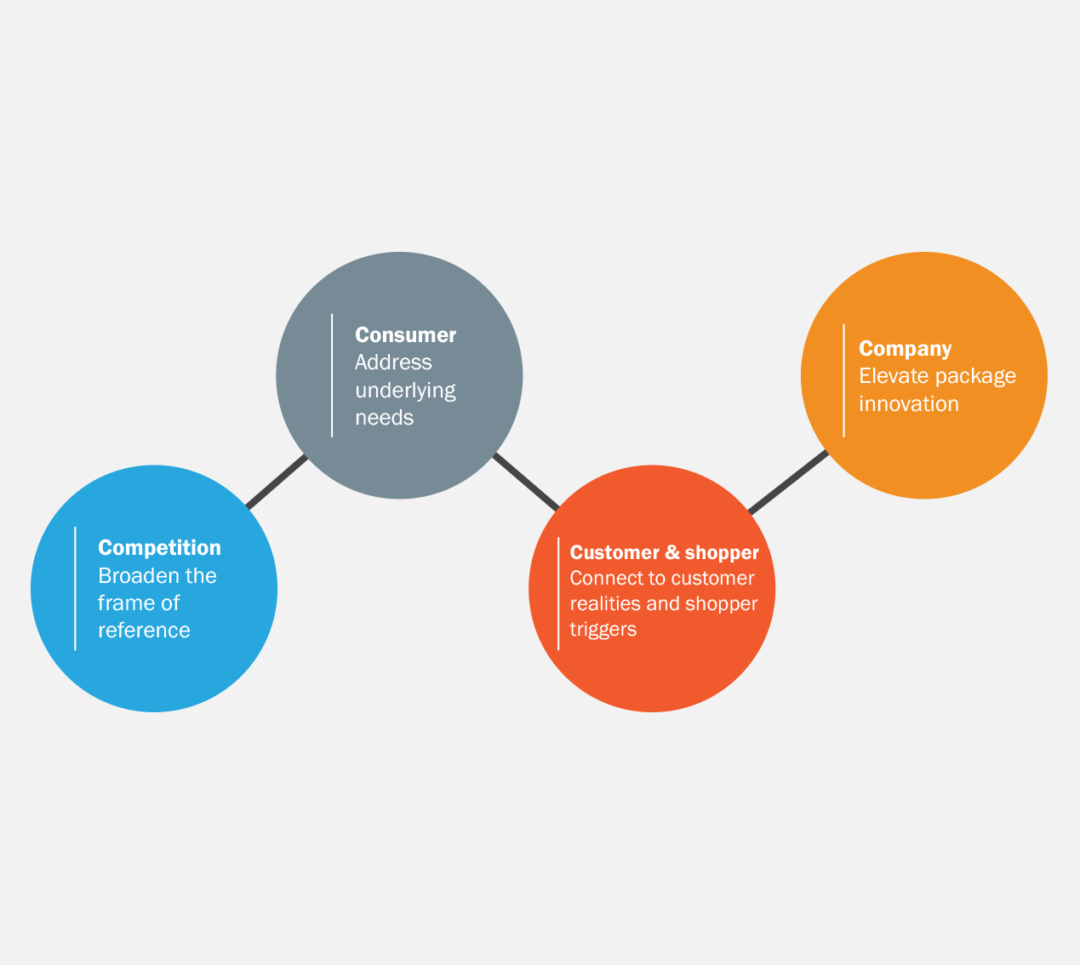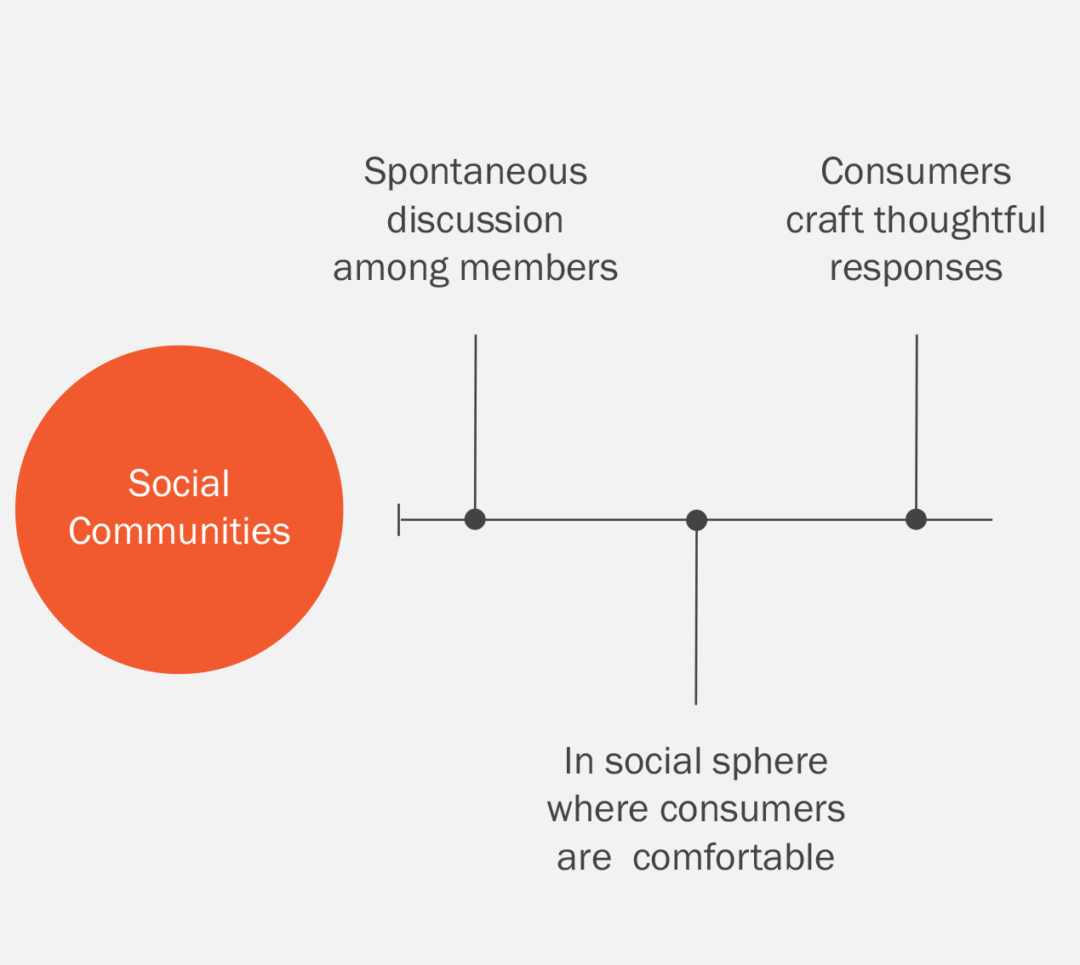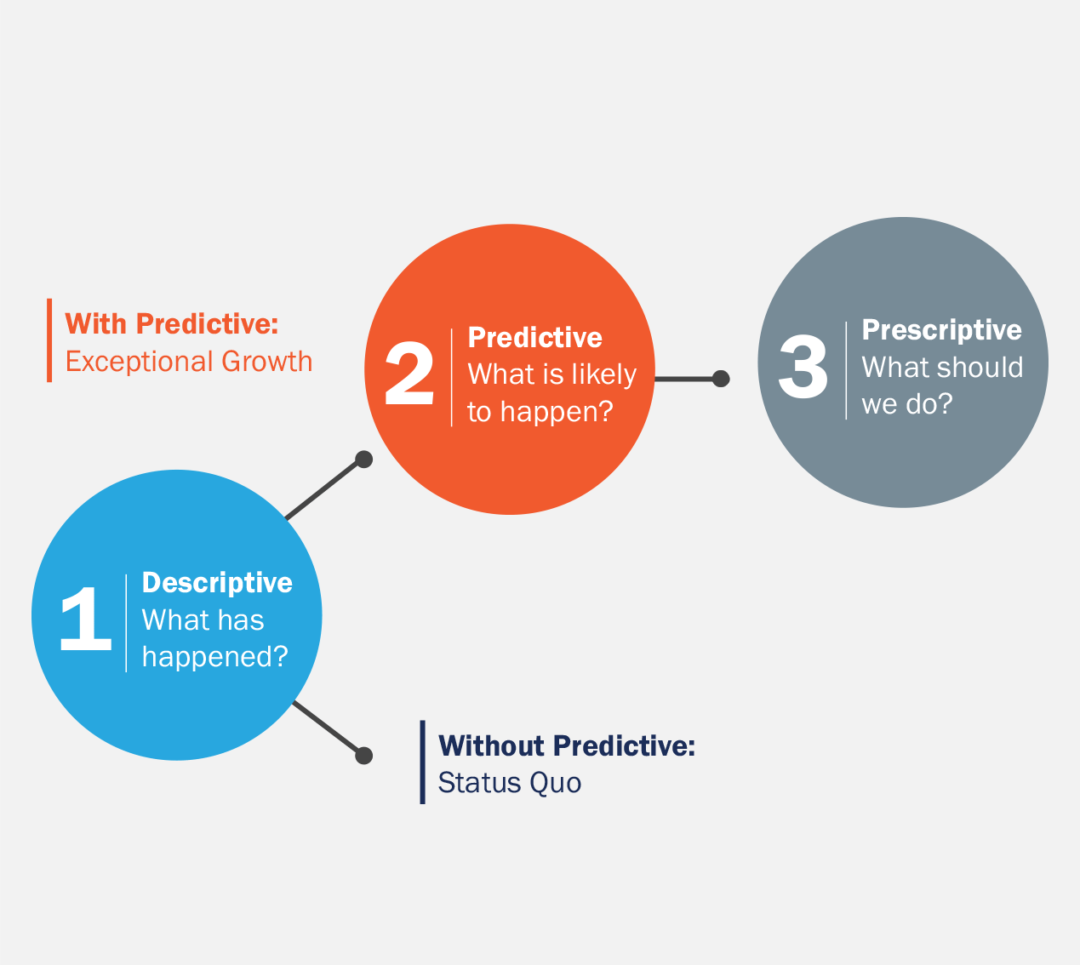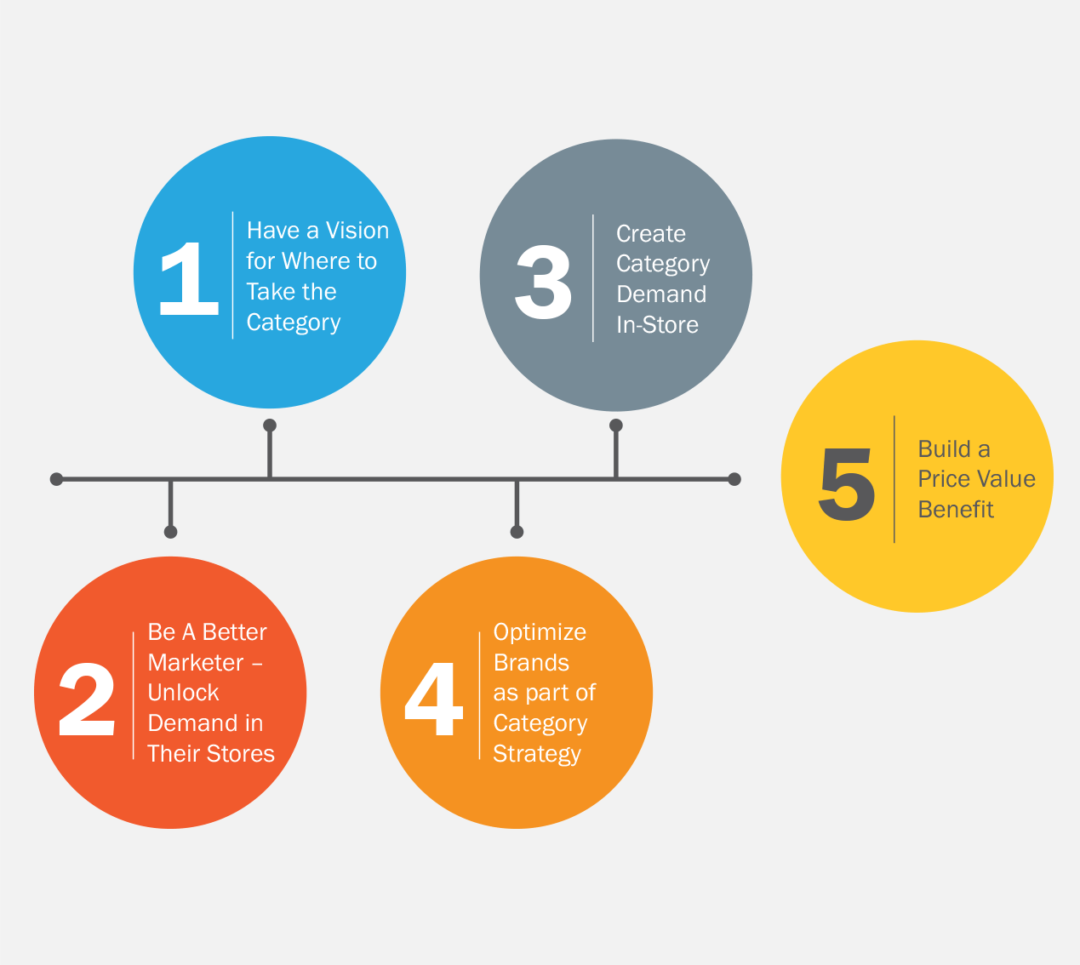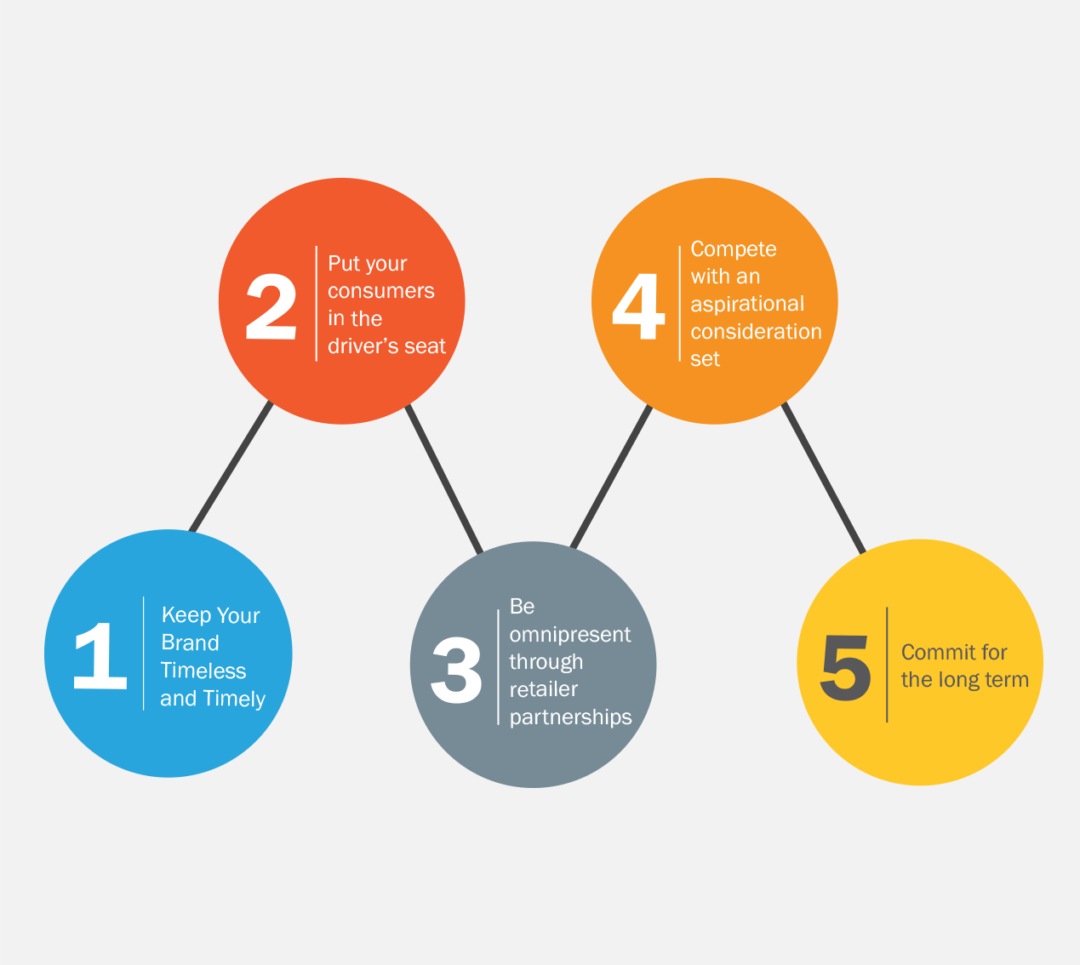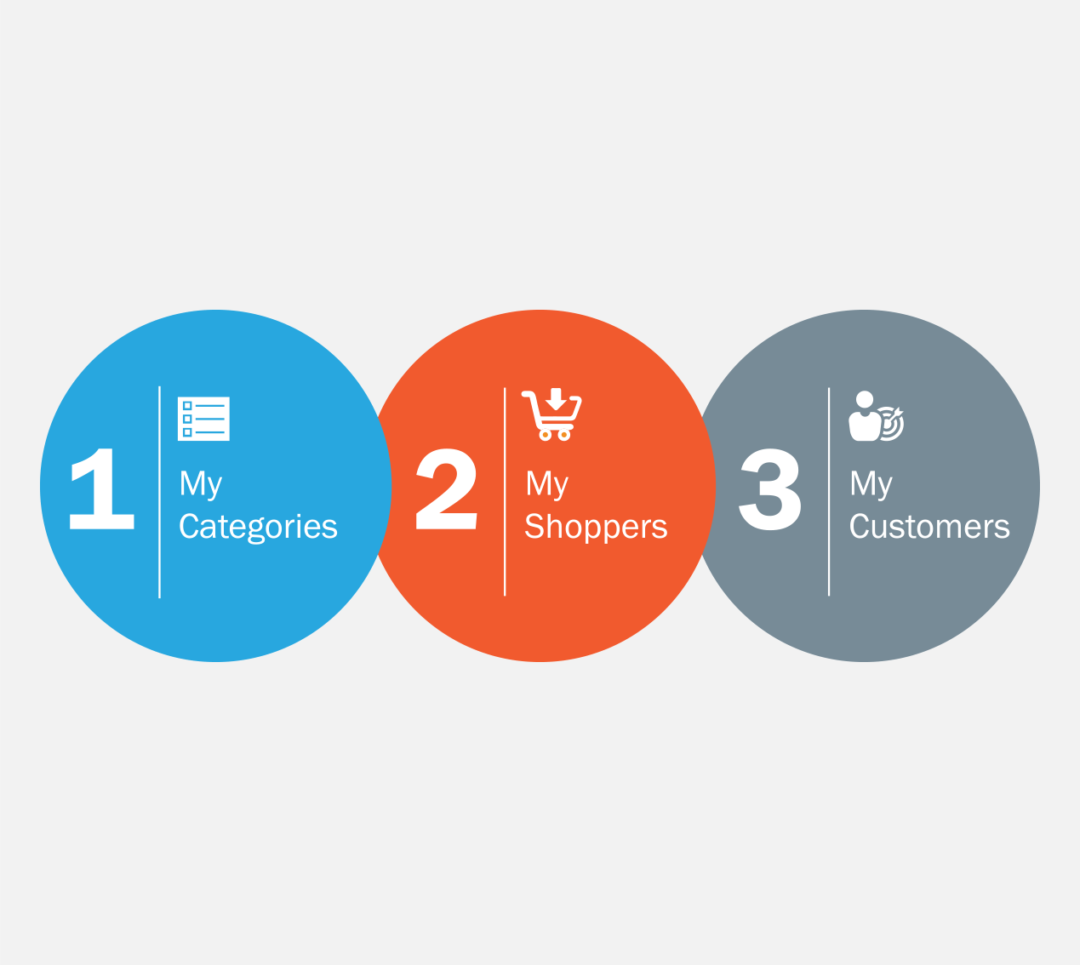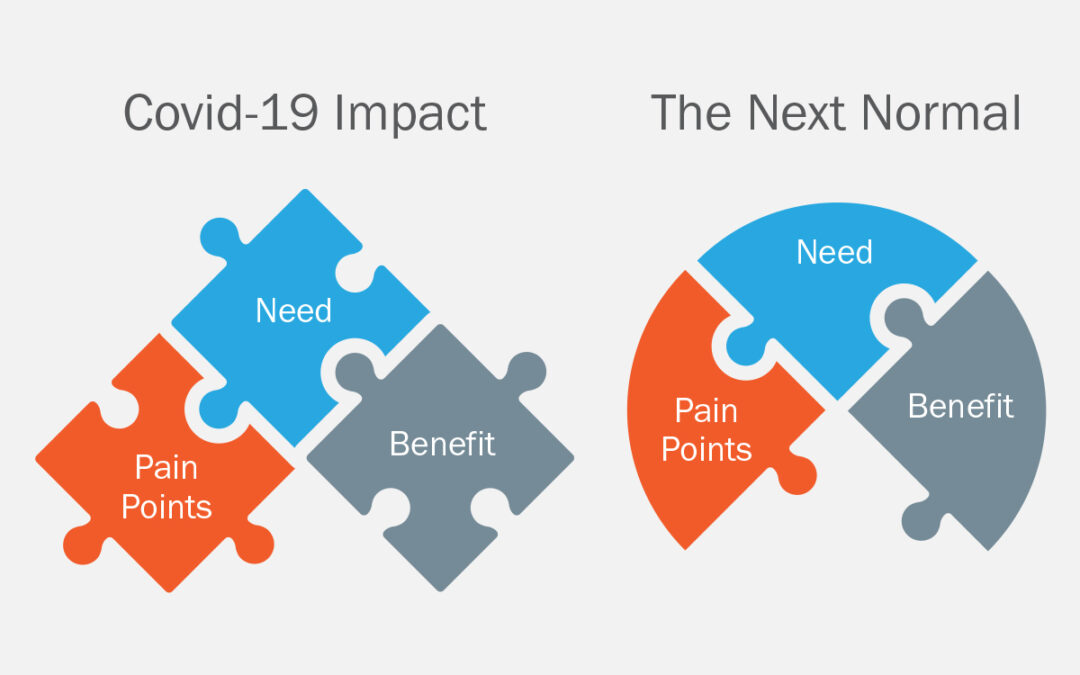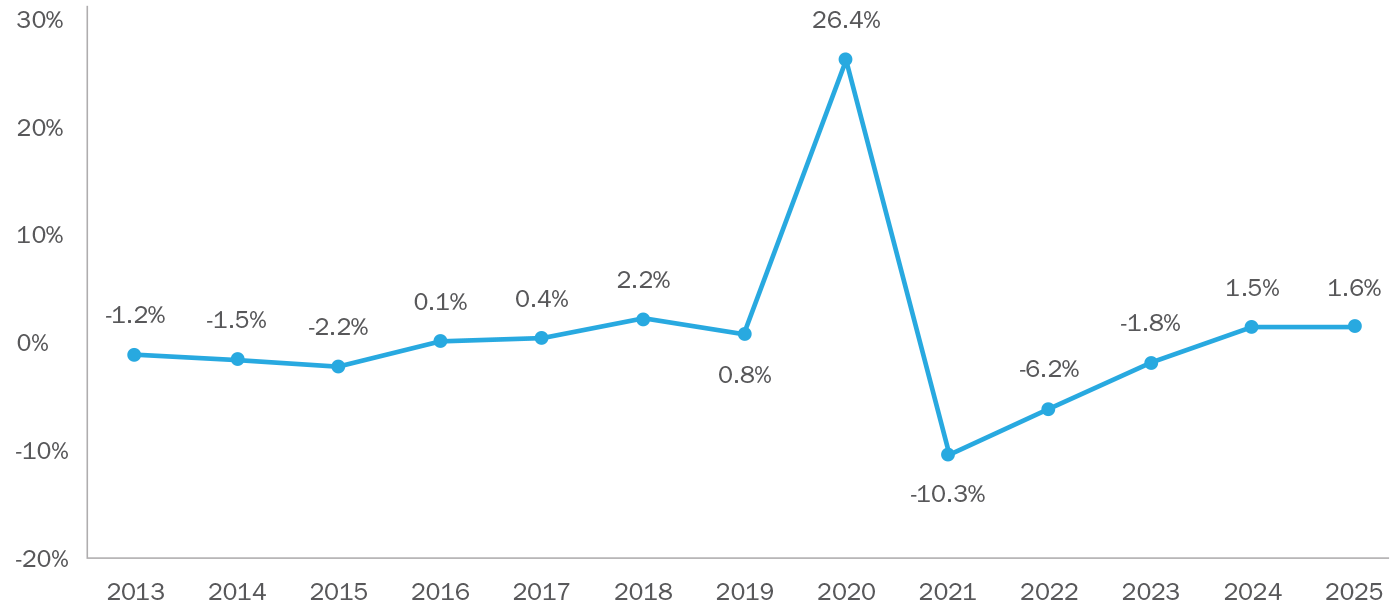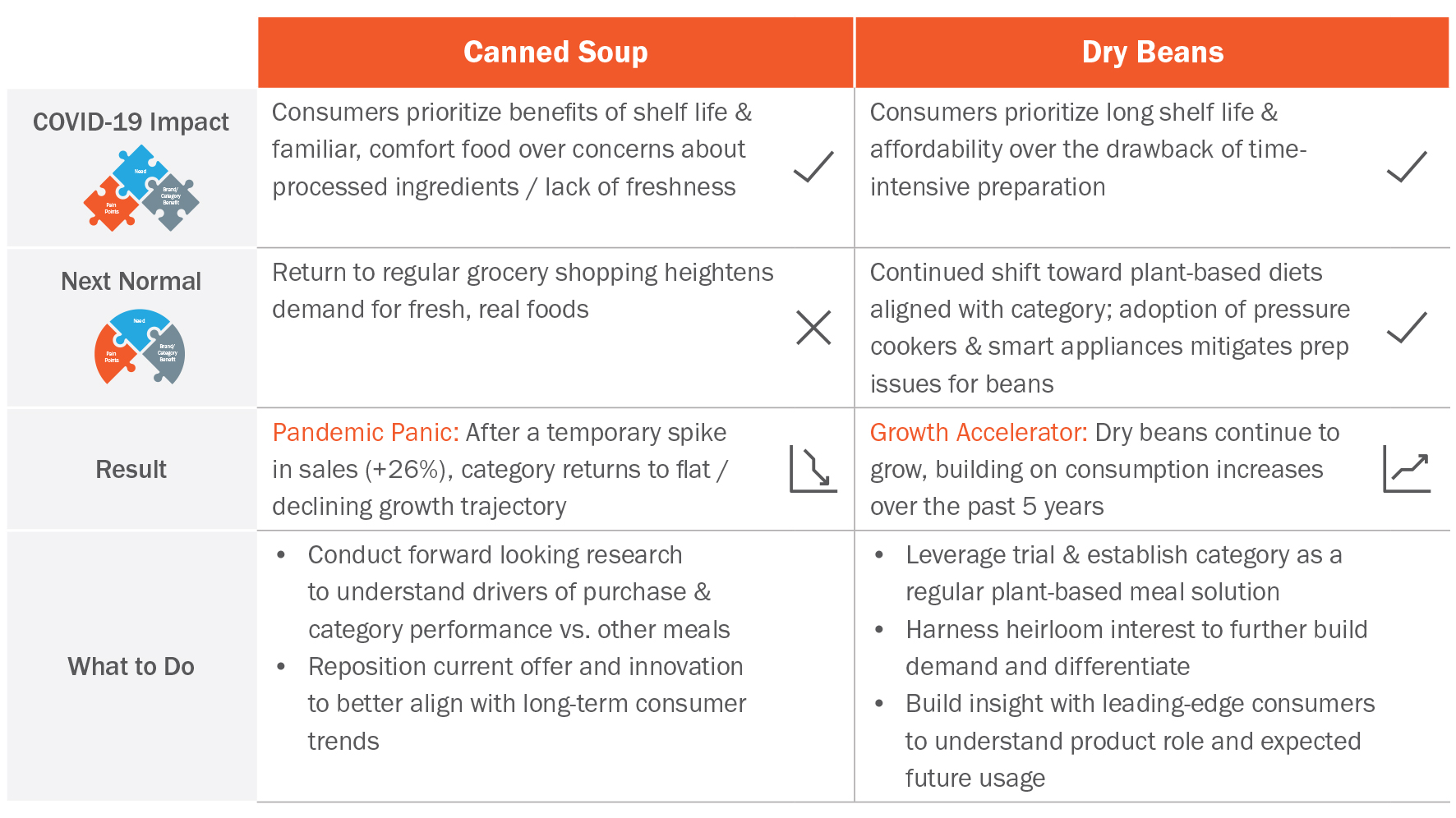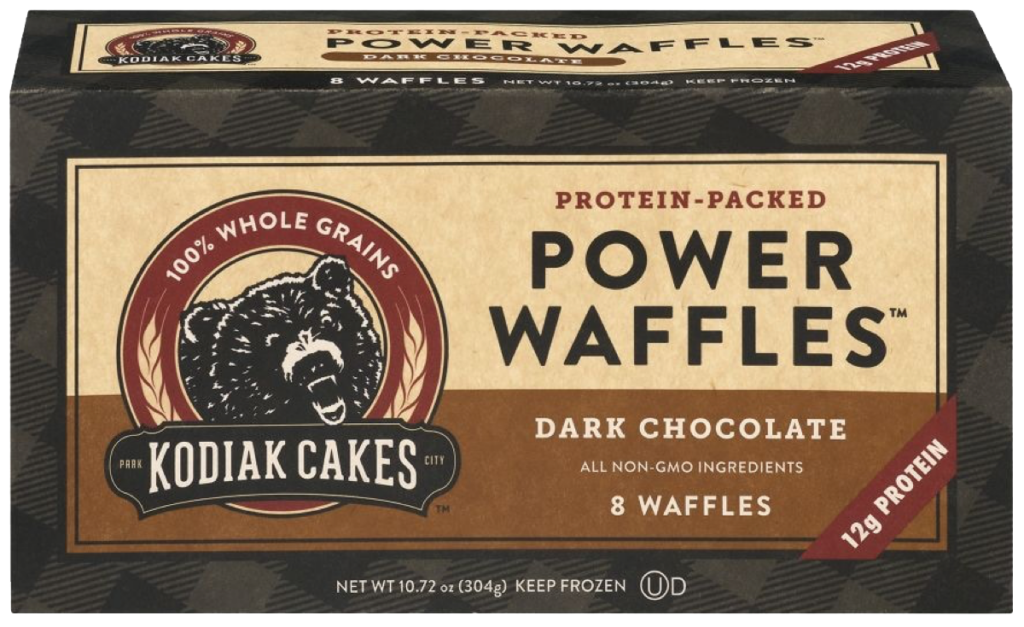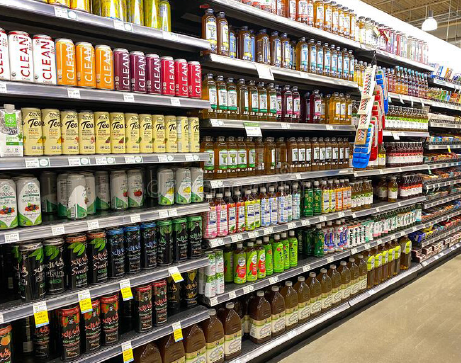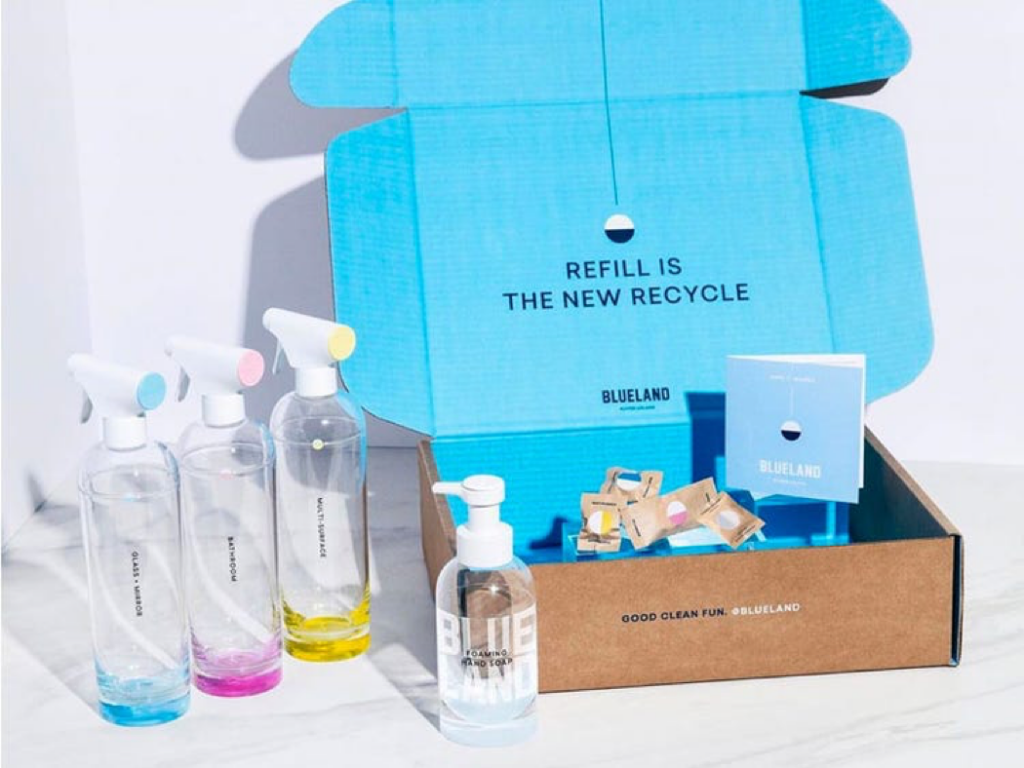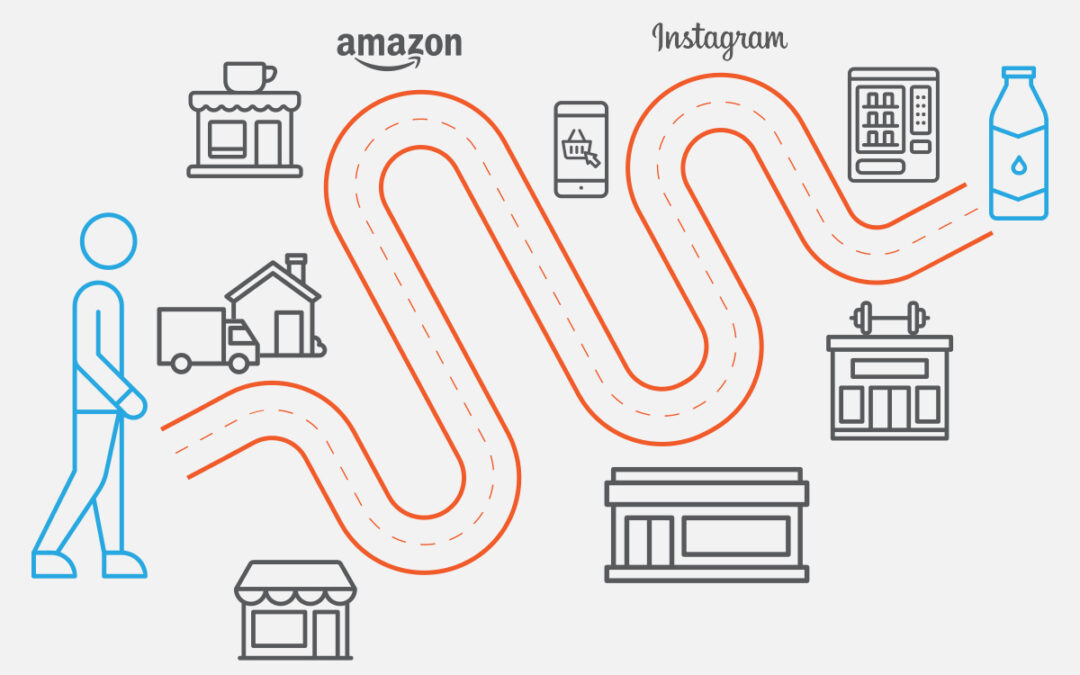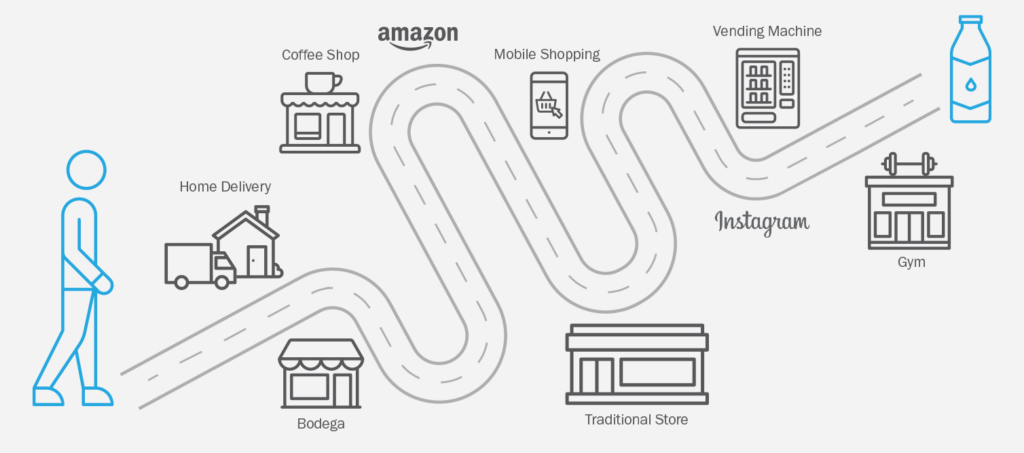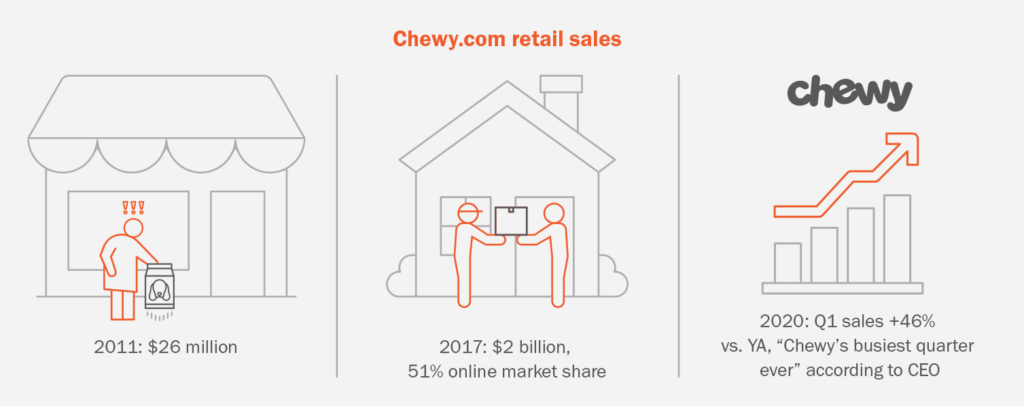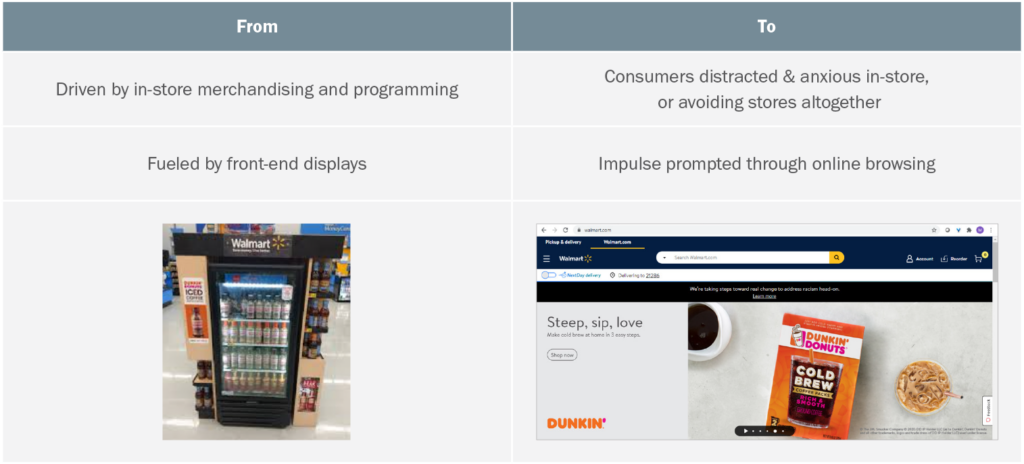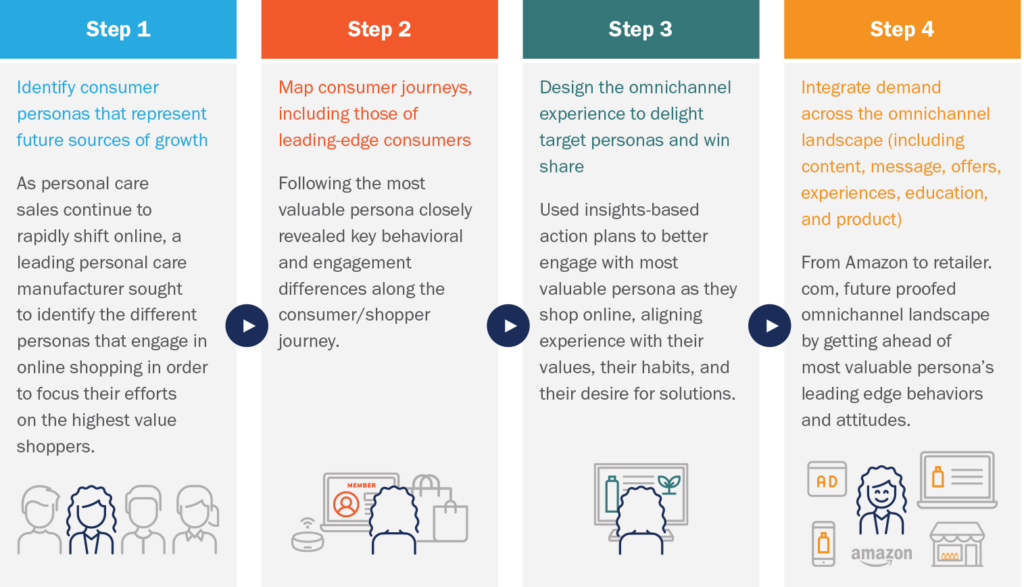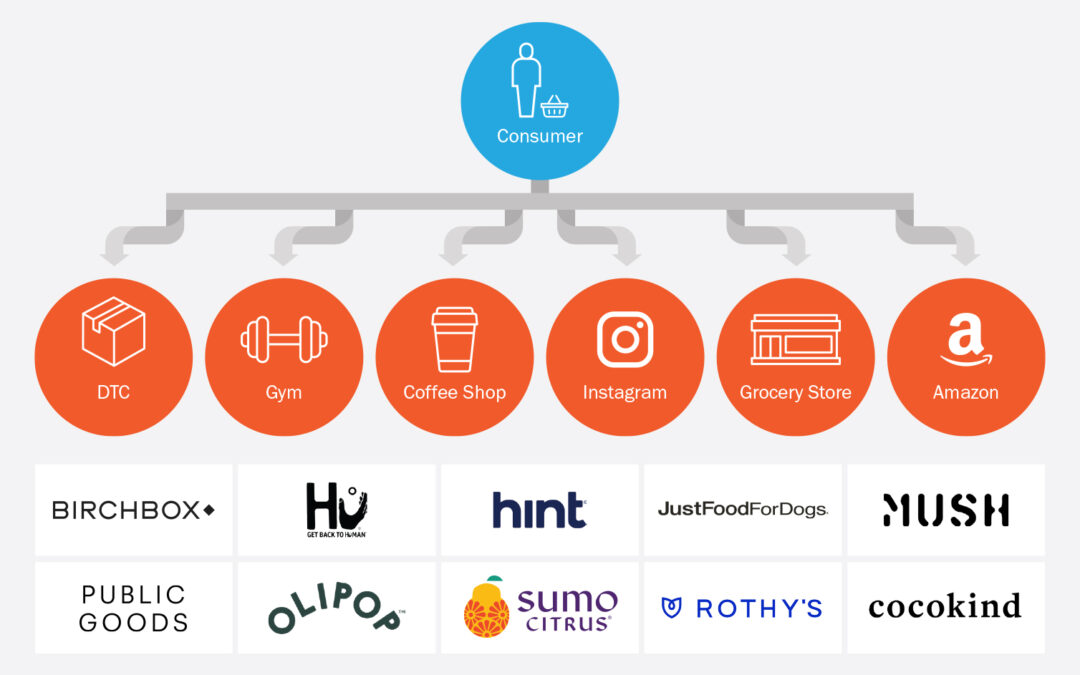
2020 Challenger Brand Study: Challenging in an Omni-World
2020 Challenger Brand Study: Challenging in an Omni-World
Challenging in an Omni-World
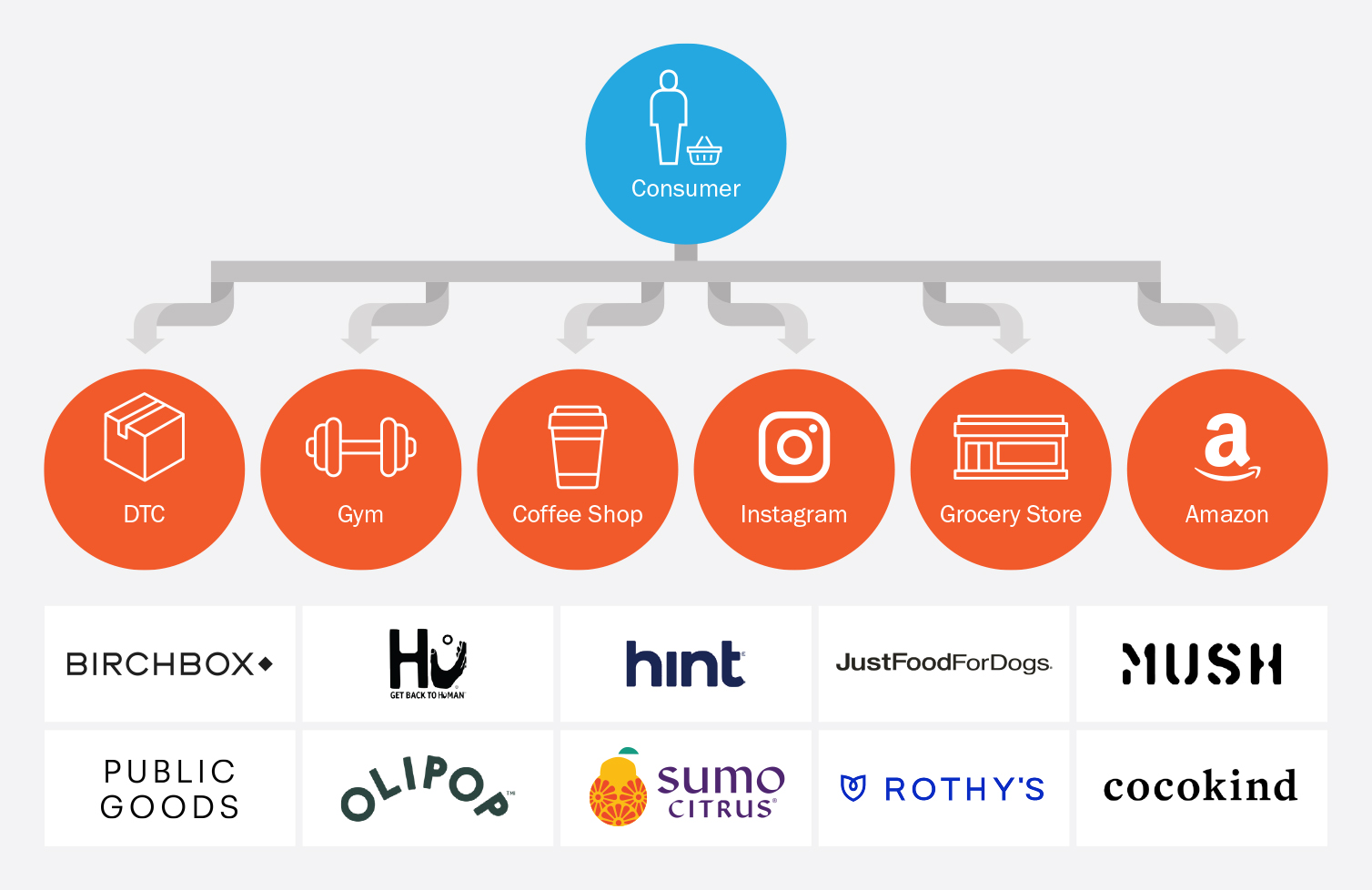
As digital lexicon now dominates brand and business planning, our purpose with this year’s Study is to remind our community why it is more vital than ever to start with the consumer and use channels as consumer touchpoints to forge deeper loyalty to your brand’s experience.
While Direct to Consumer provides an advantageous incubation opportunity for brands to build consumer intimacy and garner a loyal base with lower upfront investment, today’s reality is that there are a multitude of consumer touchpoints available and these channels alone may not provide the reach to delight your consumers where they prefer to discover, learn, shop and buy. Embracing an omnichannel orientation is more important than ever to build durable brands this decade.
COVID-19 has taken an already-discerning consumer marketplace and amplified the challenge of capturing consumer spend. Brands constantly need to interrupt, remind, suggest, and prove why they should be picked up, put in baskets (virtual and IRL), and invested in by shoppers wherever they are. This requires successful challenger brands to be even more poignant, connective, and shrewd to win shoppers’ dollars and command both share of mind and share of physical space at shelf. It also calls for more widespread distribution across the omnichannel landscape. Diversified channel strategies not only fortify consumer relationships, but they allow brands to endure the unpredictable ebbs and flows of societal and market changes. Successful challengers use these various channels and subsequently tailored offers to remain competitive for shoppers’ minds and wallets.
For this year’s Challenger Brand study, we have selected ten brands that transcended their incubator origins and designed unique omni-channel touchpoints to accelerate consumer acquisition and loyalty, and disrupt established categories.
Top 10 Challenger Brands
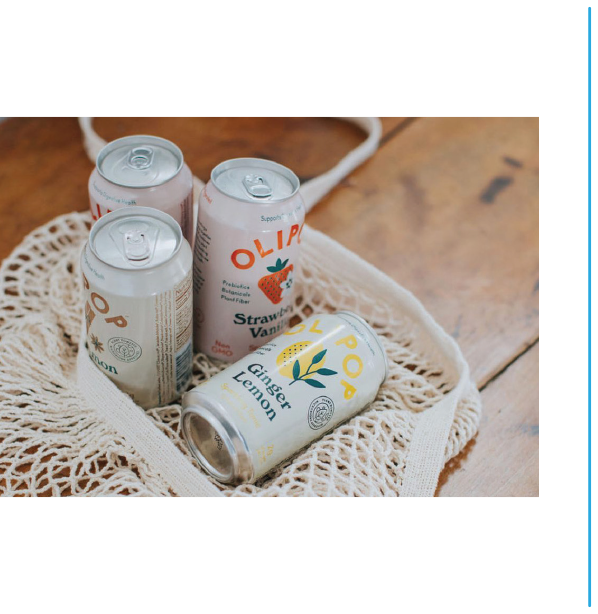
OLIPOP
A healthy alternative to soda, OLIPOP calls itself a ‘delicious fizzy tonic.’ Its products consist of soda-like flavors packed with digestive health benefits – prebiotics, plant fiber, botanicals and more. OLIPOP’s online DTC business features a discounted subscription and facilitates fast transactions with easy cancellation and texting features. Consumers can find OLIPOP in curation outlets like Erewhon (where nearly 5K cans were sold in one month alone) and independent coffee shops. This year, OLIPOP has aggressively expanded at retail, with retail sales spiking 400% since mid-March, driven by distribution in Sprouts, Kroger, Whole Foods, Safeway, and Wegmans.
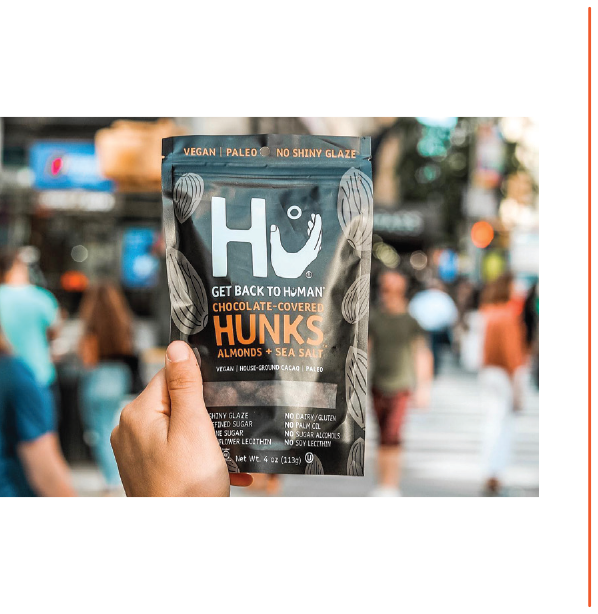
HU Kitchen
HU Kitchen’s journey to disruption in premium chocolate began in 2011 as a paleo/primal restaurant concept. When the founders struggled to find a delicious chocolate that met their restaurant’s strict health criteria, they decided to launch their own line of chocolate. By 2013, HU chocolate launched into Whole Foods, coinciding with their Union Square (NYC) restaurant launch. From 2016 to 2018, their retail penetration grew from 400 to 3,000 stores. Today, the brand applies a unique test-and-learn model with its in-house test kitchen and insights lab to cultivate a loyal following through both retail and DTC.
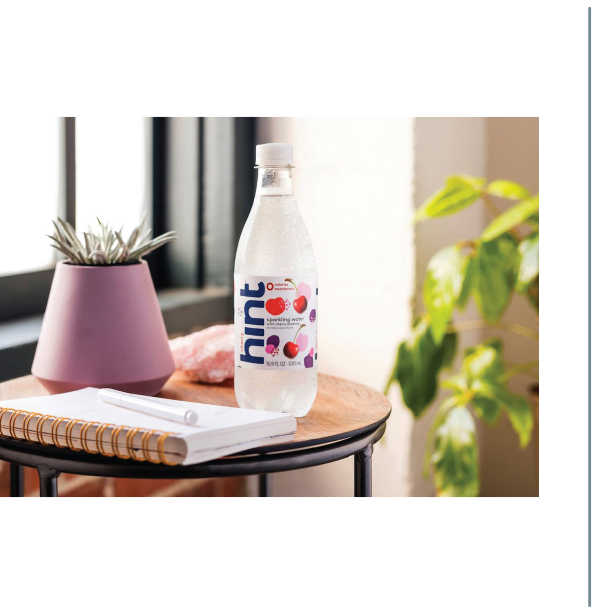
Hint
To combat her diet soda addiction, Kara Goldin habitually put fresh fruit into pitchers of water for herself and her family. This led to the birth of Hint in 2005. Fast forward to 2019, and Hint is the number one independently owned non-alcoholic beverage company in the U.S with $140 million in annual revenue. Goldin has prioritized an omnichannel approach to cultivate Hint’s rise to the top. While 60% of Hint’s sales comes from retailers like Whole Foods, Target, and Costco as well as Silicon Valley cafeterias, 40% still stems from the DTC arm of the business that makes it easy to customize soda packs with a 20% subscriber discount.
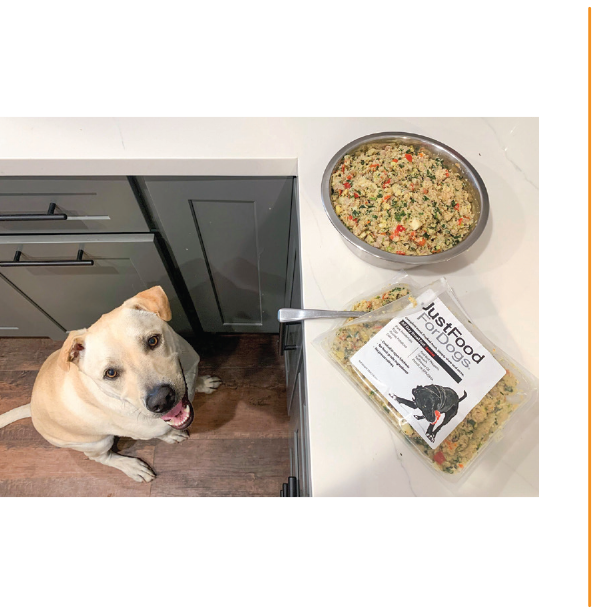
JustFoodForDogs
As a dog parent himself, Shawn Buckley felt compelled to disrupt the $30 billion pet food market by offering human-grade dog food beyond a can or bag. He went to market with a bang as the first-ever public kitchen for dogs! The kitchen was not only an efficient production facility, but also a unique marketing tool that attracted a loyal pet owner following. After its success in the DTC landscape, JustFoodForDogs partnered with Petco in 2019 to open a 1,350-square-foot retail activation kitchen in Petco’s Union Square (NYC) store. By expanding to over 1,000 Petco stores and embracing DTC and Amazon, JustFoodForDogs has reached $80 million in revenue.
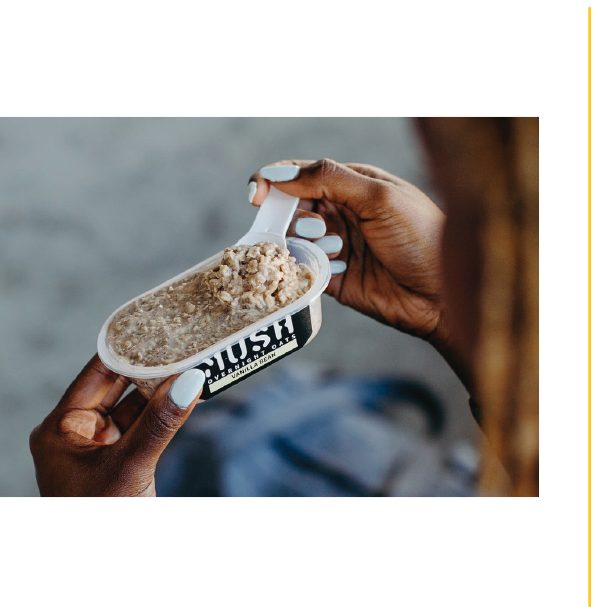
Mush
Debuting on Shark Tank in 2017, Mush is an all-natural ready-to-eat overnight oatmeal founded by San Diego natives Ashley Thompson and Kat Thomas. Thompson and Thomas created Mush out of frustration with the lack of healthy, easy to prepare breakfasts and snacks available in the marketplace. Prior to its appearance on Shark Tank, Mush sold through farmer’s markets. Since partnering with Mark Cuban, Mush has rapidly grown its retail penetration, expanding into over 3,500 stores, including Wegmans, Whole Foods, and Publix. In addition, Mush has bolstered its DTC arm by offering subscription discounts for its customizable “Everyday,” “Weekday,” and “Snacking” packs.
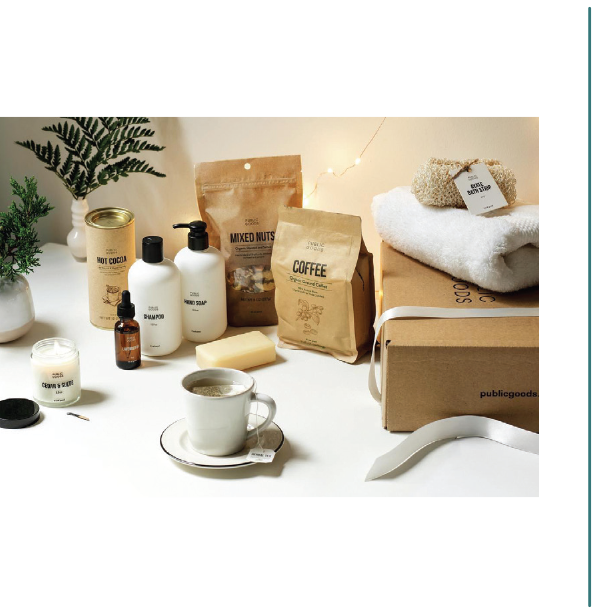
Public Goods
Public Goods, a membership-based online home goods store, was founded in 2016 to combat the paralysis of choice faced by consumers at retail today. Offering just one type of product per need, the site touts minimalism and pleasing aesthetics across its portfolio. In 2020, Public Goods announced a CVS retail partnership where consumers can forego the annual membership to access the brand’s products, albeit at higher prices. CEO Morgan Hirsh views this as a strategic move to expand reach among new consumers who primarily shop B&M, with the aim of introducing them to the brand, building their loyalty, and increasing Public Goods’ membership numbers.
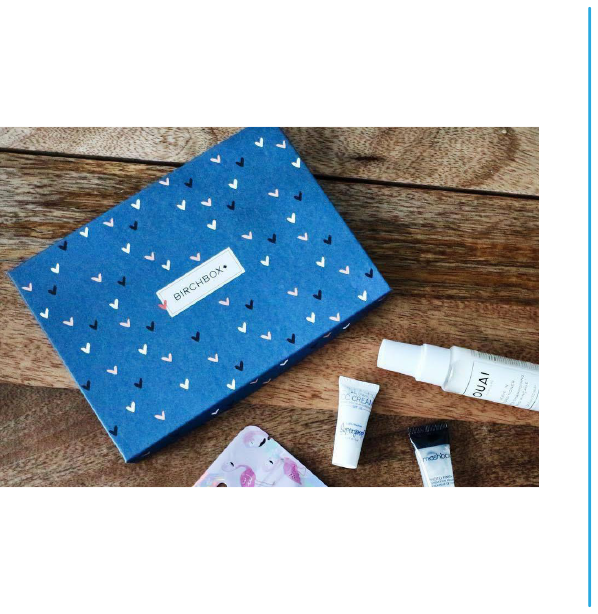
BirchBox
Founded in 2010, Birchbox has pioneered subscription commerce, helping consumers conveniently tailor beauty products to their lifestyles. The service provides each consumer a personalized box of products featuring both prestige and niche brands to fit his or her beauty routines. Beyond its established DTC offering, Birchbox has invested heavily in its retail arm to secure selective partnerships. Birchbox placed beauty consultants in 3,000 Walgreens nationwide to educate beauty shoppers on the brand and fuel an increase in monthly subscribers from Walgreens. Birchbox also introduced its products at select Gap locations. Between these partnerships and its DTC stronghold, Birchbox amassed over 1 million subscribers.
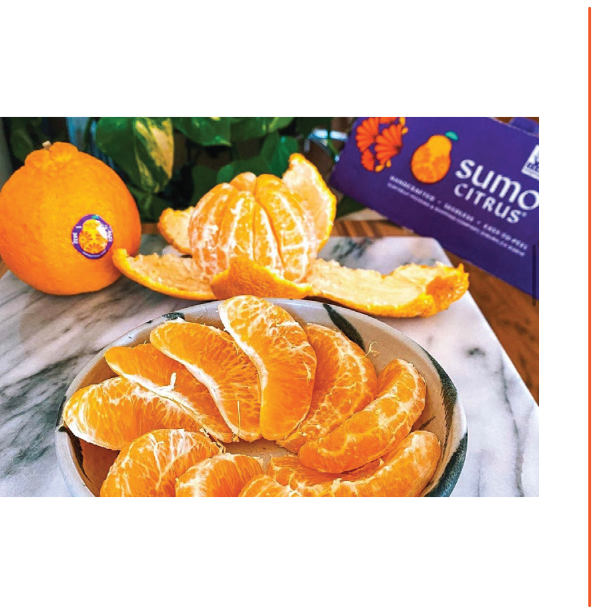
Sumo Citrus
Available for just 4 months a year, the “dekopon” varietal of mandarins known as Sumo Citrus are a highly coveted seasonal fruit. Celebrated for its sweetness, distinctive top knot, and ease of peeling, the Sumo Citrus brand benefits from its digital presence and sense of exclusivity. Eager consumers can sign up to receive a notification when the varietal becomes available, and in season, consumers can purchase gift boxes of the fruit to be shipped nationwide. Sumo’s real brand value creation comes from its in-store staging. Leaders like Whole Foods, Wegmans, Target and Publix allocate large displays and signage to capitalize on the fruit’s seasonal excitement, demand, and premium ring.
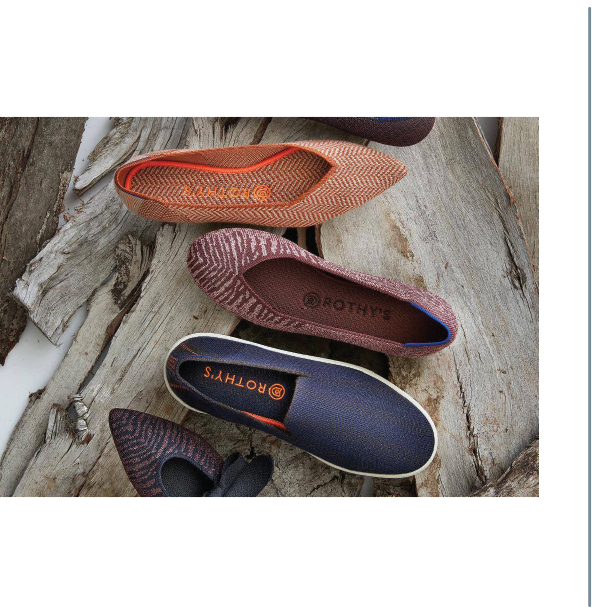
Rothy’s
Rothy’s took the professional women’s apparel landscape by storm beginning in 2015, providing women with trendy flats that are washable, handmade, and made from recycled plastic bottles. Online drives the lion’s share of brand sales, but the brand has recently expanded with in-store locations in New York City, Los Angeles, Boston, San Francisco, and Washington, D.C. In 2018, Rothy’s debuted in the retail landscape by dropping an exclusive collection at Nordstrom. That same year, Rothy’s sold over one million pairs of shoes, contributing to a valuation of over $700 million and driving genuine sustainability impact that helps Rothy’s inspire continued shopper engagement both online and in-store.
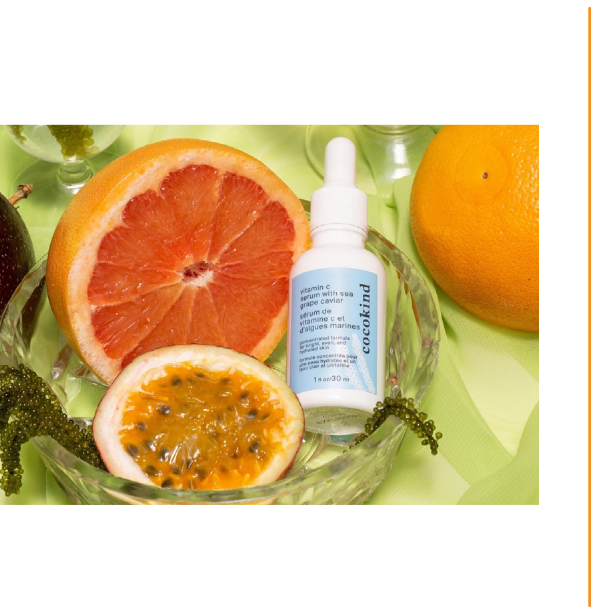
Cocokind
Cult-favorite skincare brand Cocokind launched in 2014 with a mission: to make clean, efficacious skincare more accessible. The brand became an early hit with influencers and bloggers, with their hero Collective Sticks (like MYMatcha) being shared frequently on Instagram personal pages and routine videos. CEO Priscilla Tsai has personally taken charge of Cocokind’s social media, creating posts that relate to the skincare challenges of Cocokind customers. What started primarily online quickly expanded with retailers like Whole Foods, Bed Bath & Beyond, and Target.

